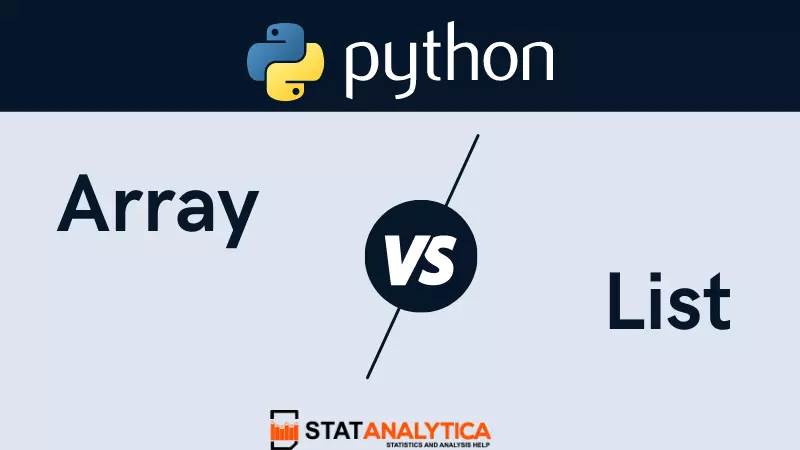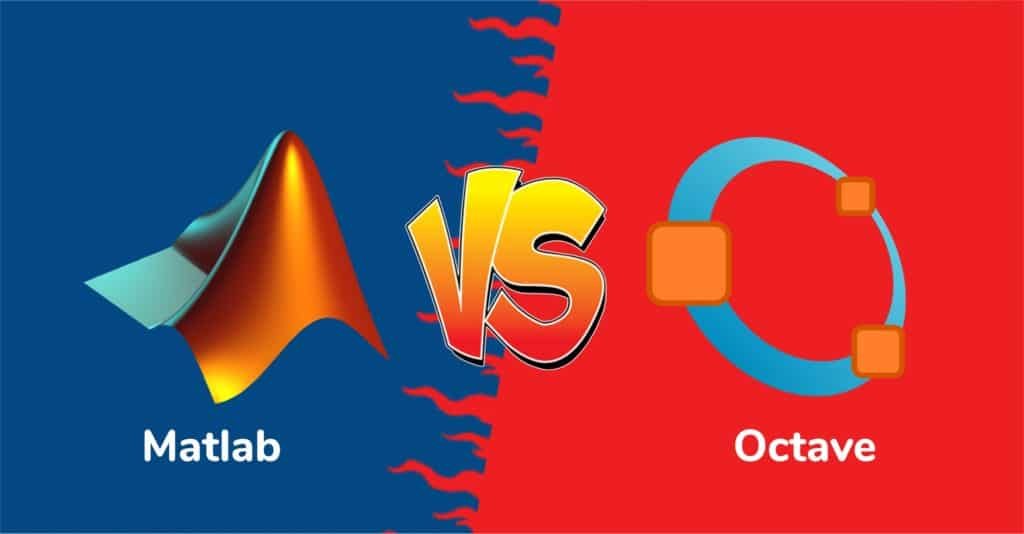In Python, array and List are used to store the data(real numbers, strings). Arrays and List both are important data structures in Python. Array and list data structure allow indexing, slicing, iterating and both have little dissimilarities with each other. Here in this blog, we will discuss the python array vs List Difference.
What is an array in python?
Table of Contents
An array is a group of data elements stored at contiguous memory locations. The concept is to keep items of the same data type together. Arrays are used in the data structure to implement their algorithms. Important terms that you can understand the concept of an array:
Element: Each item stored in an array
Index: A numerical index is assigned to each location of an element in an array and is used to identify the element.
Representation of an Array
As you can see the representation of an array image, the following are the important points to know.
- Index starts with 0
- The length of the array is 10 that can store 10 elements.
Array Operations
Traverse: It prints all the elements one by one.
Insertion: Adds an element at the given index.
Deletion: Deletes an element at the given index.
Search: Searches an element using the given index or by the value.
Update: Updates an element at the given index.
Creating an Array in python
In Python, an array can be created by the “array” module. When using the array module to create arrays, all of the array’s elements must be of the same numeric type.
Example
Output
First element: 1
Second element: 2
Second last element: 4
What is a List in python?
In the Python programming language, the list is the most important data type, which can be numeric, character logical values, and so on. Multiple items can be stored in a single variable using lists.
Some important characteristics of List in python:
- A list can be created using square brackets like [item1, item2, item3].
- In the list, items are in an ordered collection that supports negative indexing.
- You can add or delete items after a list creation.
- It allows duplication because each element has its own distinct location and can be accessed separately through the index.
- List items can be of any data type: you can combine strings, integers, and objects in the same list.
Example of List in python
Output
apple banana Mango
1, 2, 3, 4, 5
True, False, False
Also Read
- Top 6 Best Methods of Python Replace Character in String
- 24 Best-Ever Python Projects for Beginners – Step by Step
- Most Prominent Ways of Python String Compare
Python Array vs List Difference
| S.No | Array | List |
| 1 | Contains elements of the same data type are included. | The List can store the value of different data types. |
| 2 | Explicitly importing module is required to declare an array. | Explicitly importing module is not required to declare a list |
| 3 | You can directly handle arithmetic operations. | In list cannot directly handle arithmetic operations. |
| 4 | All elements must be of the same size. | It can be nested to contain different types of elements |
| 5 | An array used in a longer sequence of data items | Preferred for a shorter sequence of data elements in the list. |
| 6 | Less flexibility( difficult to modify) since addition, deletion, and update operations are performed on a single element at a time. | Greater flexibility (Easy modifications) addition, deletion, and update of data elements. |
| 7 | We will require an explicit loop to print or access the components of an array. | We can print the entire list without the need of any explicit loop. |
| 8 | An array is a more compact in-memory size comparatively list. | It consumes larger memory due to the easy addition of elements. |
What are the similarities between Arrays and List?
Arrays and List are two of the most basic data structures in Python. Both have some common similarities with each other.
- Array and List are both used to store the data.
- Both are Mutable.
- Both can be indexed, sliced, and iterated.
When should you use an array and when should you use a list?
Python arrays are used when you need to use a lot of variables of the same type. Arrays are useful when you need to process data dynamically. Arrays are much faster than lists in Python because they use less memory.
There is no need to import additional modules or packages because this data structure will store data elements in an ordered, mutable, and indexed sequence of items.
Python Array vs List: Conclusion
We hope you like this blog of python array vs list. We have covered the concepts of array and list in Python, difference, comparison, and when to use. Array and List in Python have little dissimilarities with each other.
We hope you understand about python array vs list. If you have any difficulty with Python array and list, you can take our python programming help at affordable prices. We have professional python experts who are available 24/7 for your help.
FAQ’s (Frequently Asked Question)
What’s the basic difference between array and list?
In today’s programming languages, there are various methods for storing, organizing, and manipulating data. Creating lists or arrays is one of the simplest methods. Lists are ordered collections of items that usually include other items. Arrays are unordered collections of data types such as strings, numbers, and lists.
Advantages of Arrays over Lists in Python?
- It consumes less memory.
- Array much faster than a list.
- Easy to use.


